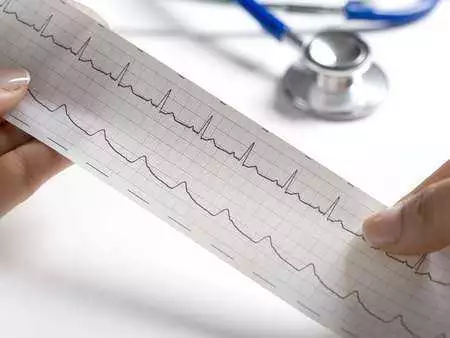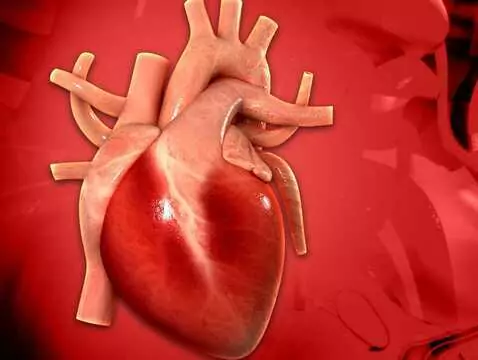Today's medicine is equipped with possibilities that are able to help people with cancer. The available drugs and treatments may prolong patients' lives, but unfortunately may cause other risks, e.g. to the circulatory system. Toxicity can occur at various times during and after treatment and can cause a variety of symptoms. Continuous monitoring of the patient's condition is therefore important.
There is currently an increase in the incidence of cancer. Thanks to modern treatment methods, the lifespan of cancer patients is being prolonged; however, this has its side effects, as in addition to haematological complications, we can also observe the cardiotoxic effects of anticancer therapy.[1] To date, no unambiguous methods of management have been developed, which is due to the fact that the cardiotoxic effects of the cytostat used in oncological treatment are not fully understood. The changes may be permanent or reversible.[2]
We can distinguish drug-induced toxicity by the time of onset:
- Acute toxicity: this occurs already during treatment
- Chronic toxicity: this occurs up to 12 months after the end of treatment
- Delayed chronic toxicity: this occurs 5 years after the end of treatment[3]
The most common complications and symptoms of cardiotoxicity, depending on the therapy used, include:
- myocardial infarction,
- pulmonary oedema,
- heart rhythm disturbances,
- abnormalities in the ECG recording,
- progressive myocardial failure,
- myocarditis,
- arterial hypertension,
- thromboembolic complications
- dilated cardiomyopathy[4]

photo: pantherstock
With oncological treatment, risk factors that increase the likelihood of cardiac damage must be considered. These include:
- The size of the dose and the length of time the drug is taken,
- Combinations of anti-cyclin administration with other drugs (such as trastuzumab)
- Radiotherapy to the thoracic region,
- Co-existing cardiovascular diseases,
- Co-existing metabolic diseases (such as diabetes),
- Age: between 15 and 70 years[5]









